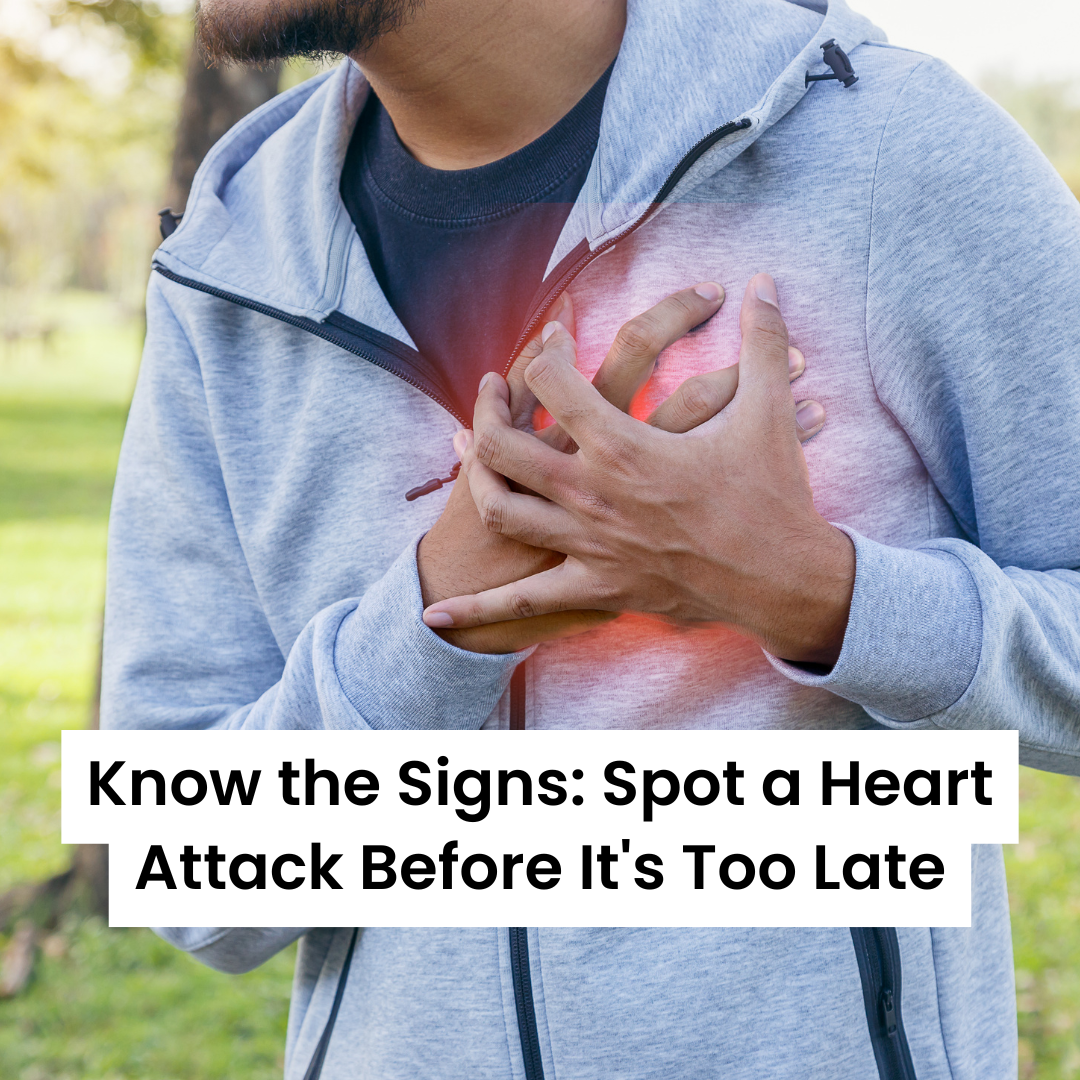
Heart disease remains the leading cause of death worldwide, and every second counts during a heart attack. Recognizing the early warning signs can save your life or the life of someone you love. At Ruban Memorial Hospital, we believe that awareness is the first step toward prevention. This blog will walk you through the symptoms, risk factors, and what to do if you suspect a heart attack.
A heart attack, or myocardial infarction, occurs when blood flow to a part of the heart is blocked—often by a clot. Without oxygen-rich blood, the heart muscle begins to die. Immediate medical attention is critical to minimize damage and increase the chances of survival.
Heart attacks don’t always look like they do in the movies. In fact, many people experience mild or unusual symptoms, especially women and older adults. Here are the most common warning signs to watch for:
Pressure, tightness, or a squeezing sensation
Pain that lasts more than a few minutes or goes away and comes back
Pain or discomfort in the arms, back, neck, jaw, or stomach
Radiating pain is especially common in women
Can occur with or without chest pain
May feel like you're struggling to catch your breath even at rest
Breaking out in a cold, clammy sweat for no clear reason
Feeling faint, dizzy, or nauseated
Can be mistaken for indigestion or anxiety
Women are more likely than men to experience symptoms without chest pain, such as:
Unusual fatigue
Indigestion or heartburn
Sleep disturbances
Lightheadedness or fainting
If you or someone else is experiencing any of the above symptoms, call emergency services immediately. Do not attempt to drive yourself to the hospital. Emergency responders can begin life-saving treatment en route.
While some risk factors are unavoidable (like age or family history), you can lower your chances of a heart attack by:
Eating a heart-healthy diet (low in salt, sugar, and saturated fat)
Exercising regularly
Quitting smoking
Managing stress
Controlling blood pressure, cholesterol, and diabetes